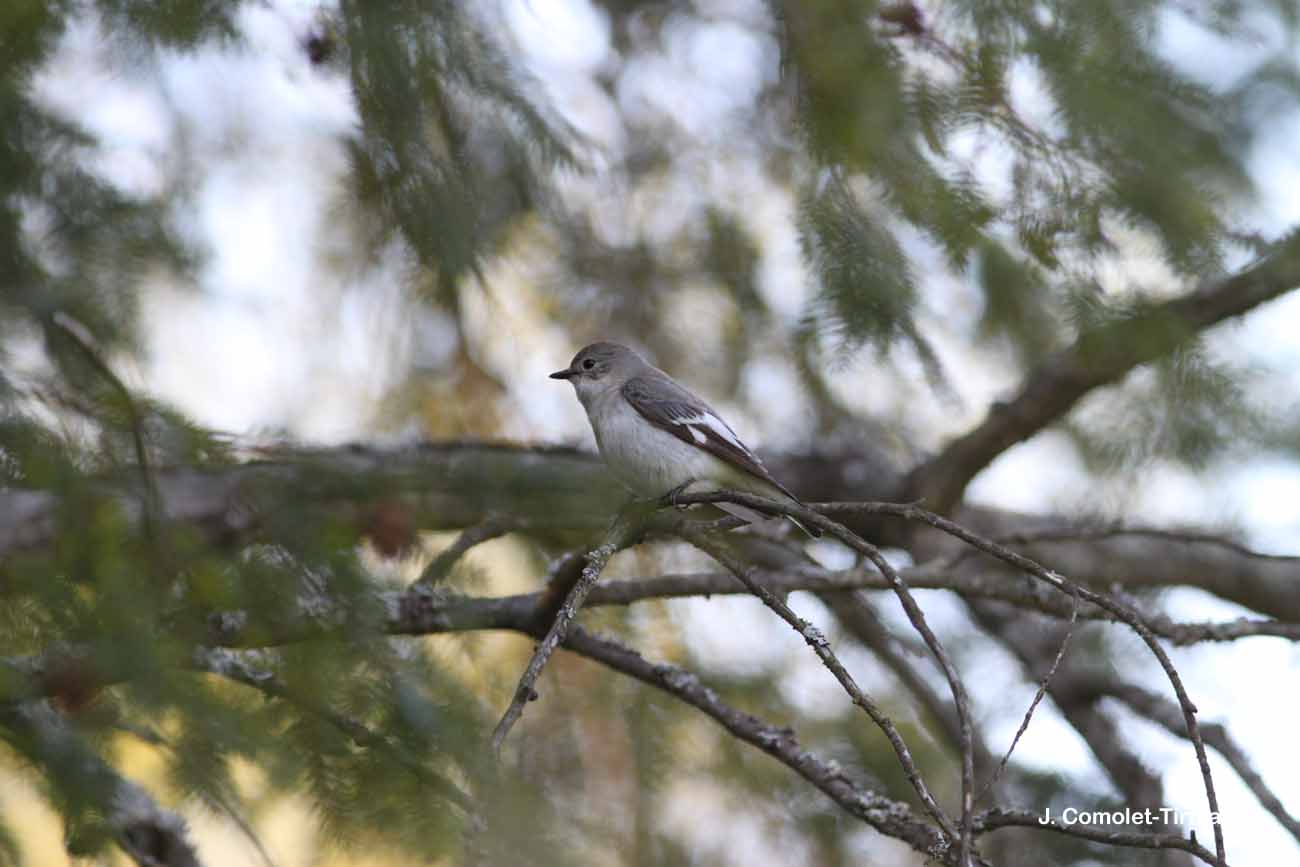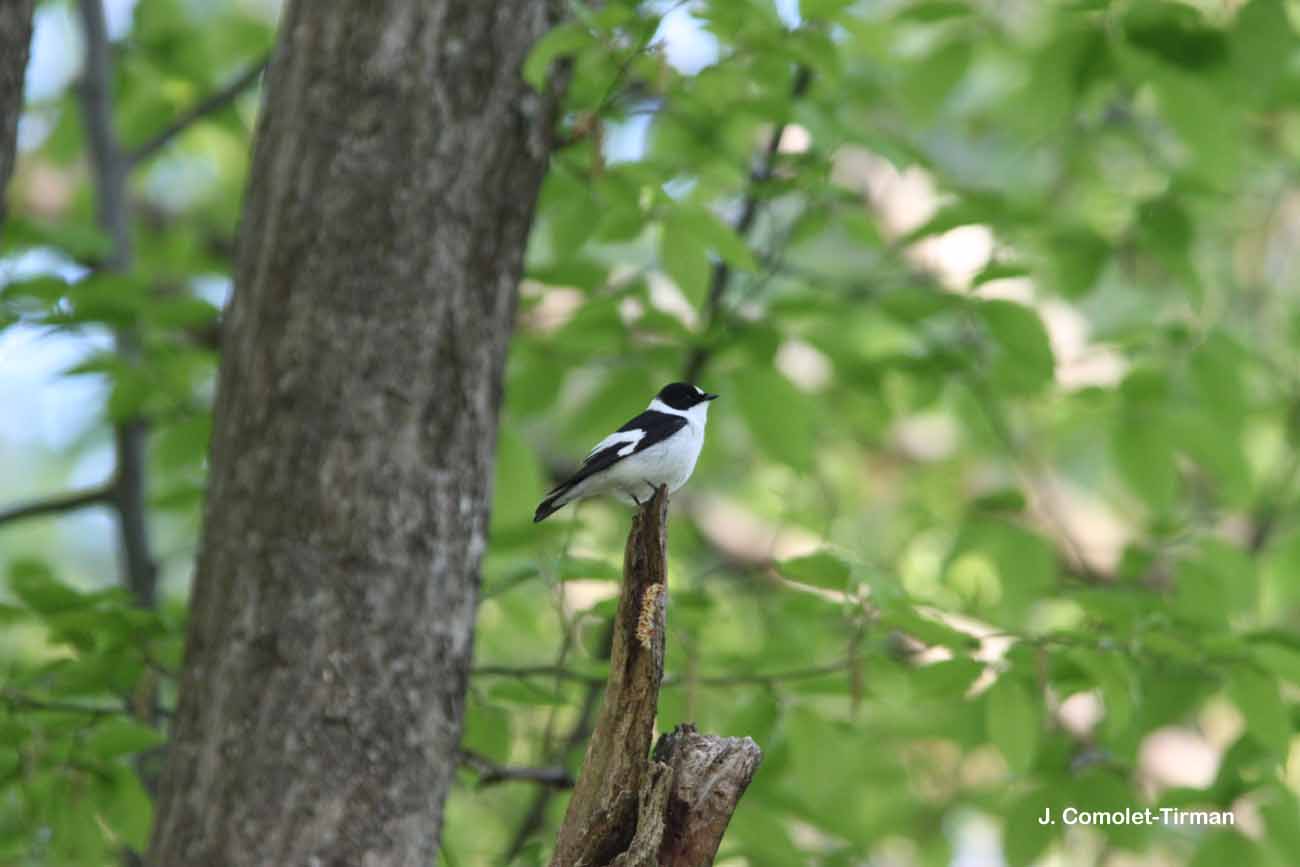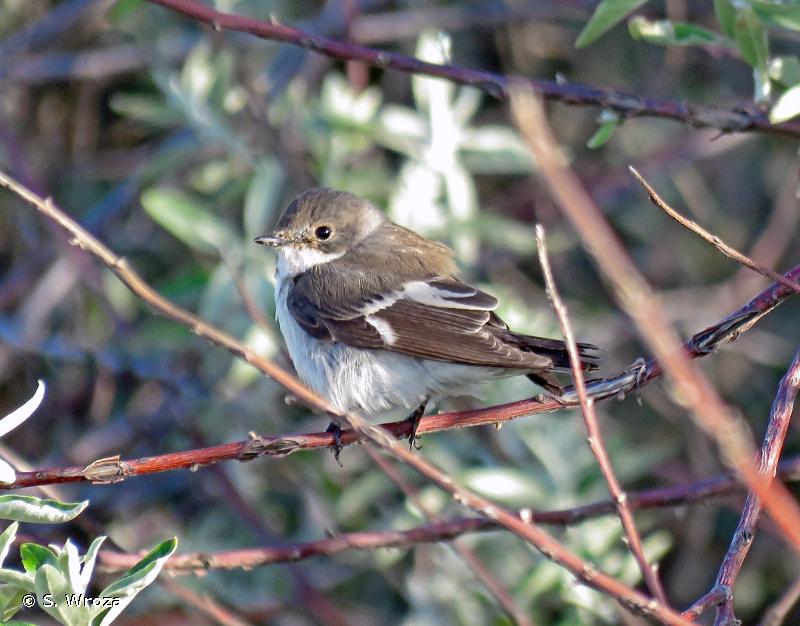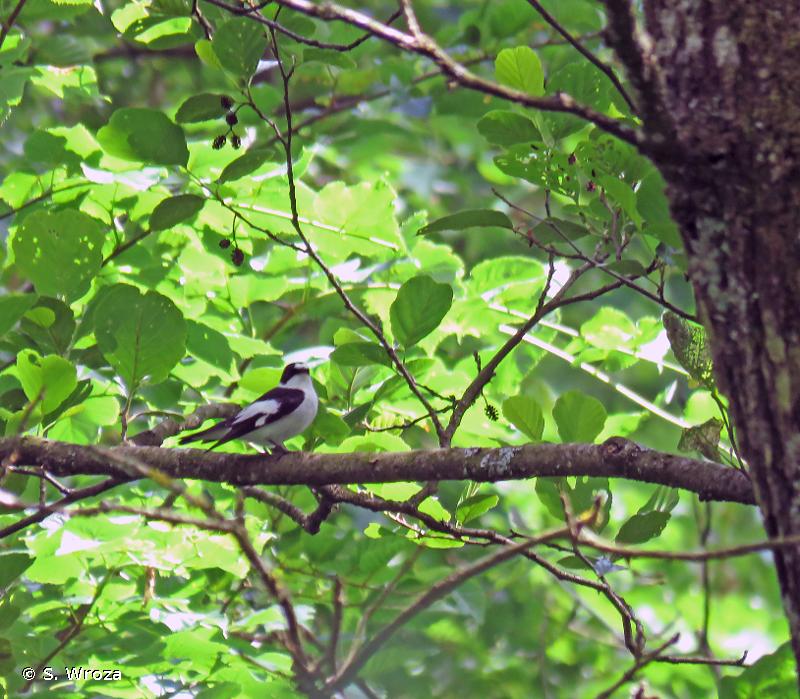
cd_nom

| Author : J. Comolet-Tirman |
 |
To get the picture, please visit:
Jacques COMOLET-TIRMAN
Muséum national d'Histoire naturelle - Service du Patrimoine Naturel
36 rue Geoffroy Saint-Hilaire
CP 41
75 231 PARIS CEDEX 05
e-mail : inpn@mnhn.fr
Legend: Femelle - Pologne - 2011
Any reuse of one or more photographs on this site is subject to an authorization request from the author.
Link to the Code of Intellectual Property (Legifrance)

| Author : J. Comolet-Tirman |
 |
To get the picture, please visit:
Jacques COMOLET-TIRMAN
Muséum national d'Histoire naturelle - Service du Patrimoine Naturel
36 rue Geoffroy Saint-Hilaire
CP 41
75 231 PARIS CEDEX 05
e-mail : inpn@mnhn.fr
Legend: Mâle - Pologne - 2011
Any reuse of one or more photographs on this site is subject to an authorization request from the author.
Link to the Code of Intellectual Property (Legifrance)

| Author : J. Comolet-Tirman |
 |
To get the picture, please visit:
Jacques COMOLET-TIRMAN
Muséum national d'Histoire naturelle - Service du Patrimoine Naturel
36 rue Geoffroy Saint-Hilaire
CP 41
75 231 PARIS CEDEX 05
e-mail : inpn@mnhn.fr
Legend: Mâle - Pologne - 2011
Any reuse of one or more photographs on this site is subject to an authorization request from the author.
Link to the Code of Intellectual Property (Legifrance)

| Author : J. LAIGNEL |
 |
To get the picture, please visit:
Julien Laignel
Chargé de mission SNB - SPN/MNHN
4, avenue du Petit Château
91800 BRUNOY
Tel.: 06.10.68.23.36
Mail: julien.laignel@9online.fr
Despite the Creative Commons license, please inform the author of the use which will be made of his photo

| Author : S. Wroza |
 |
Despite the Creative Commons license, please inform the author of the use which will be made of his photo

| Author : S. Wroza |
 |
Despite the Creative Commons license, please inform the author of the use which will be made of his photo

| Author : S. Wroza |
 |
Despite the Creative Commons license, please inform the author of the use which will be made of his photo
Taille/poids :
Longueur totale : 13 cm. Poids : 13 g en moyenne.
Diagnose :
Le mâle en livrée nuptiale présente un plumage noir et blanc bien contrasté. Le blanc couvre le cou, la nuque, la gorge formant un "collier", ainsi que les flancs et le ventre ; une large barre alaire et une tache blanche marquent les rémiges. Chez la femelle, les juvéniles et le mâle en automne, le noir est remplacé par un gris-brun olivâtre. Les taches blanches et la bande alaire sont beaucoup moins marquées, et le collier est quasiment inexistant.
Détermination :
Simple. Facile sur photo.
Espèces proches :
Le Gobemouche à collier mâle ressemble au Gobemouche noir (Ficedula hypoleuca) mâle, mais le collier blanc complet qui sépare le noir de la tête de celui du dos permet la distinction des deux espèces. Femelles et jeunes des deux espèces sont beaucoup plus délicats à distinguer.
Période d'observation :
Essentiellement avril à juin. Par la suite les oiseaux sont très discrets à cause de la mue, et la migration d'automne passe souvent inaperçue dans notre pays.
Biologie-éthologie :
Discret et farouche, il passe souvent inaperçu car il évolue essentiellement dans la canopée. Ses mouvements sont vifs, et son vol, en action de chasse, papillonnant.
Biogéographie et écologie :
Le Gobemouche à collier, oiseau d'Europe centrale et orientale, se trouve en France sur sa limite occidentale de distribution. Il y est très exigeant vis-à-vis de son habitat, et c'est un hôte quasi exclusif des forêts feuillues anciennes froides et humides, en général dominées par le chêne.
Compilé par J. Comolet-Tirman à partir des Cahiers d’habitats.(UMS 2006 Patrimoine Naturel (AFB / CNRS / MNHN)),2017
Continental
Metropolitan France
Overseas
Marine
Metropolitan France
Overseas
The map presents a summary at the 10 x 10 km grid of the observation data for the species transmitted to the SINP. These data have been subjected to validation filters.
The map presents a reference distribution layer of the species at the scale of departments and marine sectors. The presence and absence data were established by expertise within a network of partners. This reference distribution is used in the validation process of the SINP data at the INPN level.
Corresponds to a report on the basis of at least one observation proved within a period of 10 years (20 years for little-known invertebrates) preceding the year and no presumption of extinction since obtaining the last data nor doubt on reproductive and implemented nature of this population. For migratory species, the presence indicated concerns areas of reproduction.
This status is based on one or more of the following criteria:
This point covers the absence, more difficult by nature to demonstrate than presence. This status is based on one or more of the following criteria:
This status must be assigned to a department in which the presence of the species is casual.
Particular case of absence due to a proven extinction less than a half century ago (older disappearances are treated as "no probable or definite").
In the state of knowledge, we can not comment on the presence or absence in the current department. This is the default status when not comprised in one of the previous categories or whenever there is doubt.
The map shows the global distribution of the species based on GBIF data (Global Biodiversity Information Facility).
